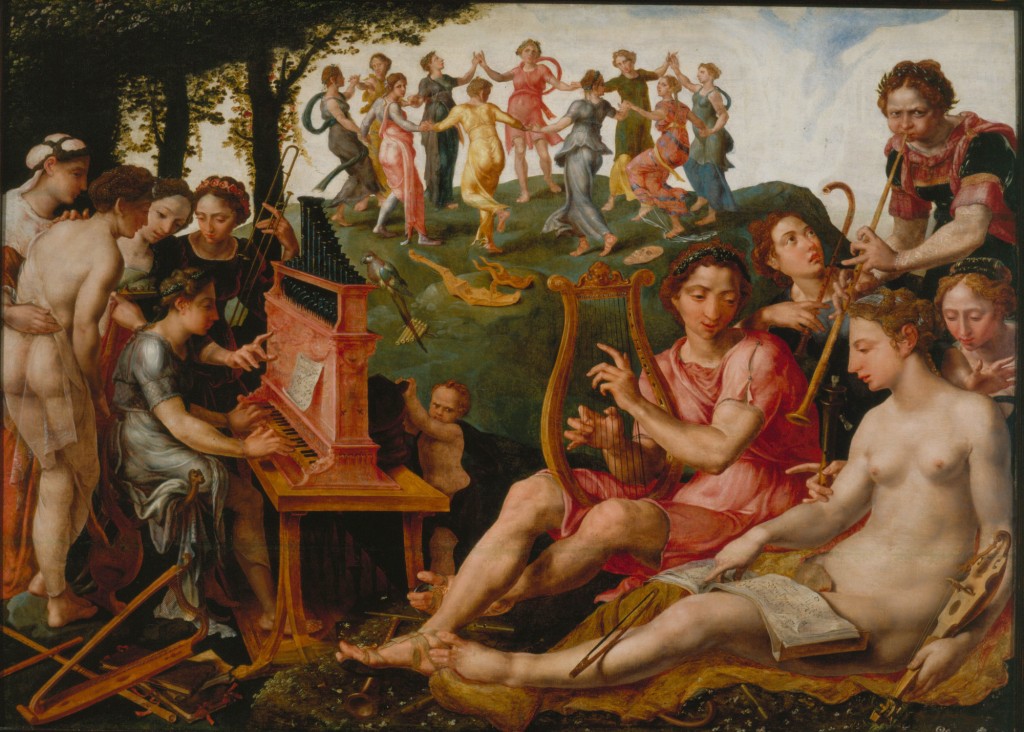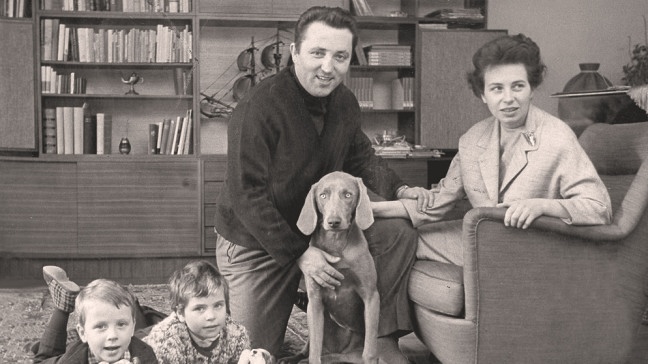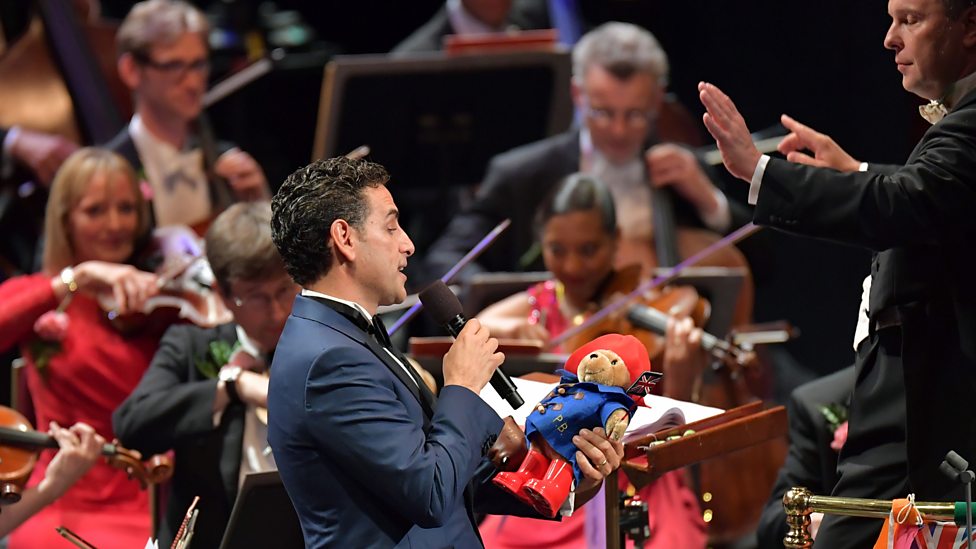Stravinsky Oedipus Rex, the culmination of Esa-Pekka Salonen's traverse through themes in Stravinsky with the Philharmonia Orchestra at the Royal Festival Hall. Sophocles' Oedipus Rex defines the very idea of Tragedy. Oedipus is cursed by Fate and cannot escape. He and those around him will be destroyed through no fault of their own. Stravinsky captured the horror of Oedipus's predicament with music so uncompromising that, in comparison, The Rite of Spring seems almost folkloric.
Huge brooding chords, massive pillars of sound, like the pillars of some ancient oracle, towering over the performers, mere mortals, trying to express through art forces so powerful, and so cosmic that they defy containment. Perhaps that's why the texts are Latin, a dead language which no one actually speaks, but that carries the authority of time and ritual. That mystery is of the essence. Oedipus is the vector of cruelty beyond human comprehension. Salonen certainly drew savage portent from the Philharmonia, the percussion pounding like frantic heartbeats, woods and brass exhaling and projecting like the panting lungs of a hunted animal. Ostinato with jagged edges that rip and tear at the heart. The vocal lines are like incantation, marching up and down the scale creating angular, disturbing stresses.
Much hangs on the Narrator, who speaks in the vernacular of the audience, and acts like a bridge between the "reality" of performance and the symbolic ritual in the drama. There have been many different kinds of Narrator in the ninety years since the piece premiered, some more effective than others. In this case, a staging by Peter Sellars, the Narrator was specifically identified as Antigone, the daughter of Oedipus and his mother/wife Jocasta. There are reasons for this, since Antigone features in those plays of Sophocles that survive, but I wonder if her portrayal here reflects Sellars himself, not Sophocles or Stravinsky. Sellars's The Indian Queen was a bizarre concoction that had little to do with Henry Purcell and very little understanding of Latin American history, but was dominated by a narrator so irritating that whatever message was lost. Whoever Antigone is, the Narrator is neither self-obsessed nor hysterical.
There's nothing wrong in principle with changing things, but changes should be based on some basic comprehension of the original. Case in point: Sellars's staging of György Kurtág's Kafka Fragments which turned good music into facetious soap opera. Towards the end of Oedipus Rex spotlights were turned on the audience, which is all very well, but the whole point of Oedipus Rex is that the poor King was not responsible for his tragic fate, even if he died well. .
Perhaps this portrayal also sprang from Sellars wanting to connect Oedipus Rex with the Symphony of Psalms written three years after Oedipus Rex. Stravinsky used the texts of Psalms 38and 39, which deal with alienation, and Psalm 150, the Laudate Dominum. Thus Antigone recites the psalms before the choruses sing. The play Oedipus at Colunus might justify this, but it does rather dilute the impact of Stravinsky's Oedipus Rex, as if its very audacity and modernity were too hard to take on its own terms. A pity, since the choral singing was of a very high standard indeed.. Katarina Dalayman sang a strong Jocasta and Willard White was a striking theatrical presence appearing in different parts of the Royal Festival Hall, his voice still commanding attention. The choruses were the Orphei Drängar, the Ladies of the Gustaf Sjökvists Kammarkör and the Ladies of the Sofia Vokalensemble. They looked wonderful, too, moving in tight ensemble, as good opera choruses can do.
The photo at the top shows Stravinsky himself rehearsing Oedipus Rex, which he then conducted at the Royal Festival Hall on 8th November 1965. A tape of that is in circulation, definitely worth tracking down as it is superb. And the narrator then was Jean Cocteau himself, speaking with pugnacious, pungent Gallic flair. Please also see my other posts on Stravinsky and on Salonen.










